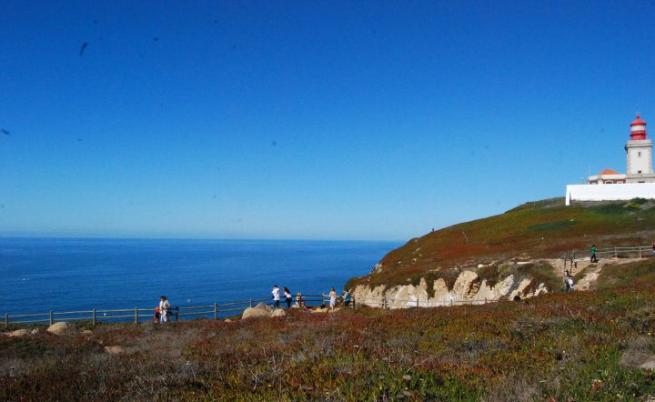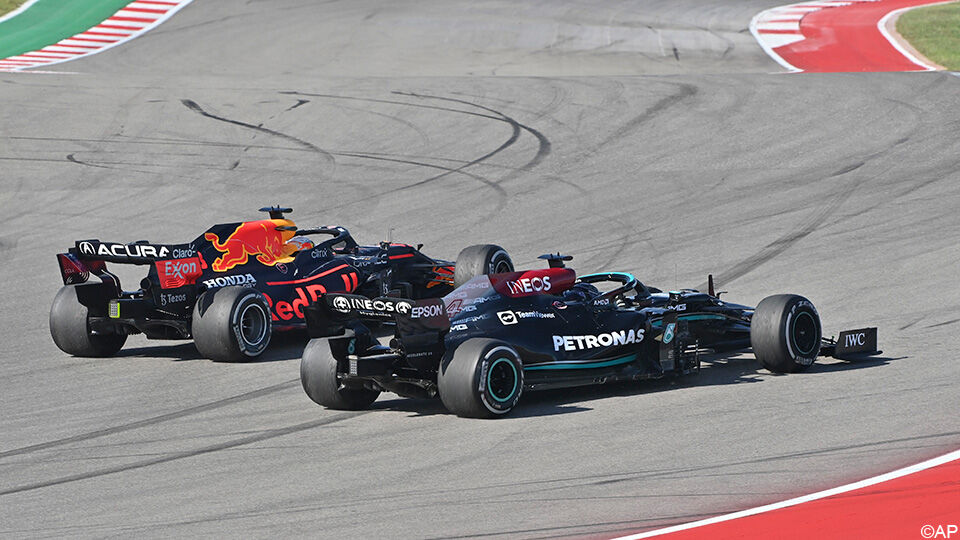“Here, where the earth ends and the sea begins”
“Luis de Camus, a Portuguese poet.”
Cabo da Roca, the end of the world or as it is better known – a cape in the Atlantic Ocean, which is the westernmost point of continental Europe. Standing on the edge, everyone felt like they were at the end of the world. The promontory is a steep sheer cliff rising 140 meters above the raging ocean.
The place is very windy, almost all year round, but it is still a very popular destination. The closest cities to Cape Cabo da Roca are Sintra and Cascais, and the capital, Lisbon, is just 40 km away.
–
–
Although its vegetation is quite scarce, the place is really very beautiful and deserves your attention. The views are simply stunning, and somehow the camera can’t fully capture their grandeur.
It was from this place that Portuguese sailors set out on long voyages in search of new lands and treasures. Until the beginning of the 15th century, they really thought that this was the end of the world.
The first lighthouse
Apart from being a famous and frequently visited tourist attraction, Cabo da Roca also has its historical value. It was here in 1722 that the first lighthouse in Portugal was built. The lighthouse has been restored several times, but in its current form dates back to 1842.
Source: Elena Isaeva
It rises 150 meters above sea level, shines with a power of 1000 watts and illuminates the ocean waves at a distance of 46 km.
“Ice Grass”
The place is really always very windy and this, in combination with the extremely salty soil is the reason why the vegetation is low-stemmed. The most common plant here is “crystal” or “ice” grass. It is very interesting because it blooms in different colors and gives a truly fabulous look to the place.
Here anyone can become a discoverer
Scientists suggest that Cabo da Roca is part of a volcanic complex that stretches north and south of the promontory and is called the Sintra volcanic complex. The main types of rocks found here are granite and syenite.

Source: Elena Isaeva
If you want to feel like a real discoverer, the locals have taken care of that. Every visitor, of course for a fee of around 5 euros, can get a handwritten certificate with his name that he has visited the westernmost point of continental Europe.
“Bear Beach”
Near Cape Cabo da Roca is the “Bear’s Beach” – a beautiful beach that is difficult to reach, but definitely worth it. Locals tell a legend about him that thousands of years ago, when the Earth was still covered with ice, a bear lived there with its little bear. When the ice began to melt, the Lord told all the animals to leave the shores and move inland, but the bear refused because it was their birthplace. It was then that he turned her into a large steep rock, and her little bear into another, smaller one.
In this windy place, in addition to the lighthouse and the tour desk, you can visit a small cafe and souvenir shop.
Qashqaish
Near Cape Cabo da Roca is a charming town – Cascais. It is known for its beautiful beaches and relaxed atmosphere. It used to be a small fishing village, until the nobles discovered it and slowly began to turn it into a top holiday destination. Today it is one of the most visited Portuguese resorts.
Here you can visit the museum of the sea, which preserves various authentic exhibits and photographs from different eras.
“Mouth of Hell”
Cascais is also home to the famous place, with the rather sinister name “Mouth of Hell”, a place where huge sea waves crash into large caves, and the sound is so frightening that everyone knows where the name of the place comes from.
Look more:
6 unique places in Europe that you have not heard of
See the most colorful streets in Europe
Four fresh ideas for a walk around Sofia
